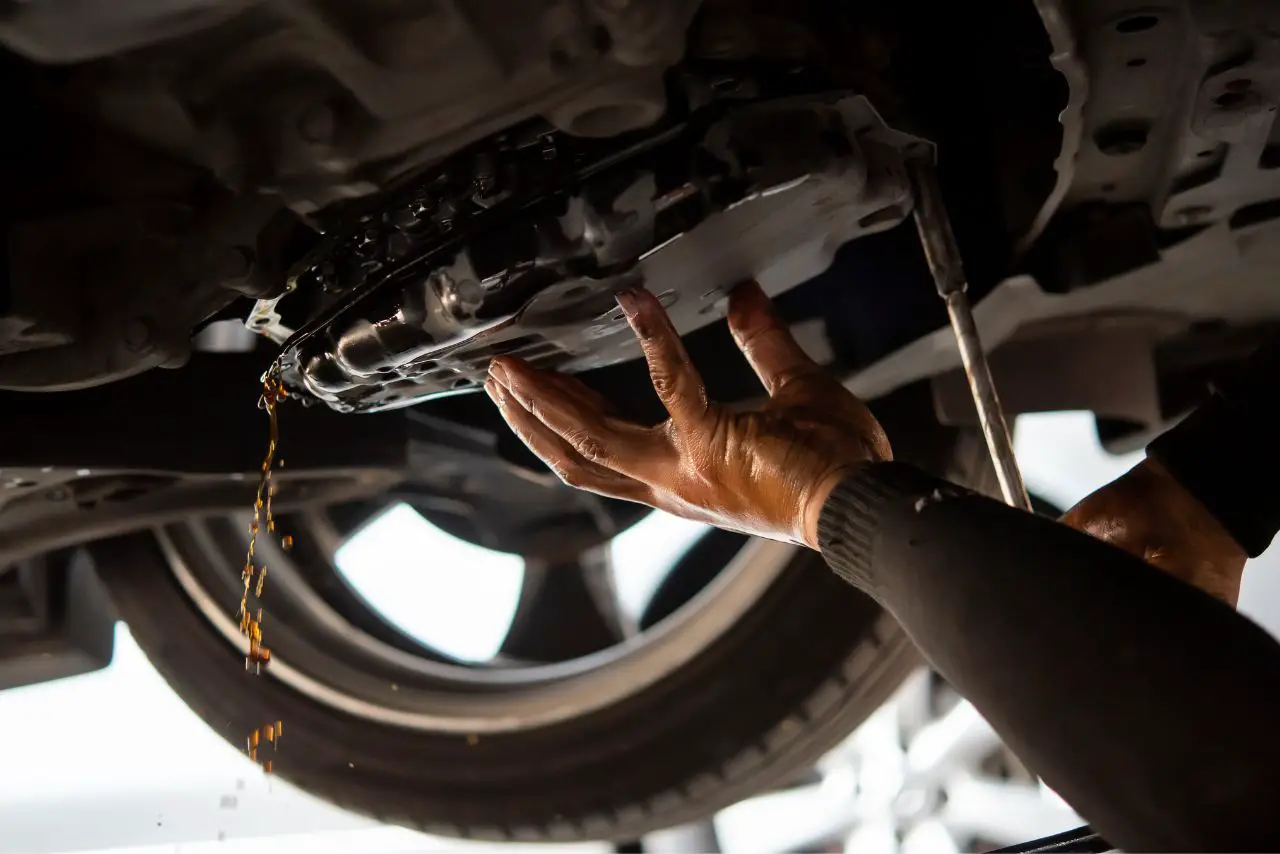How Long Does It Take to Learn Manual Driving? The duration required for an individual to learn manual driving depends on the individual’s pre-existing level of knowledge and aptitude for the task as well as the amount of concentrated practice they are able to devote.
Generally, it is suggested that a minimum of 10-15 hours spent practicing on roads for 2 days with light traffic is necessary for an individual to master the basics of manual driving.
From there, continued practice in more demanding conditions is recommended in order to develop further proficiency.
Learning manual driving takes time and dedication, however there is no one definitive answer to how long it takes to become proficient. It depends on the individual’s level of experience and their willingness to practice.
That said, there are some key milestones that learners can aim for in order to reach a satisfactory level of competency.
In this article we will discuss what these milestones are and look at some of the factors that influence the length of time it takes to reach them.
Understanding the Basics of Manual Transmission
Before learning how to drive a manual car, it is important to understand the basic components of a manual transmission.
A manual transmission, also known as a standard transmission or manual gearbox, is a type of transmission that uses a clutch to engage and disengage power from the engine to the transmission.
The basic components of a manual transmission include the clutch pedal, gear shifter, clutch disc, pressure plate, flywheel, and gearbox. The clutch pedal is located on the left side of the brake pedal and is used to engage and disengage the clutch.
The gear shifter is located in the center console of the car and is used to shift gears.
The clutch disc, pressure plate, and flywheel work together to engage and disengage the clutch, while the gearbox contains the gears and synchronizers that allow for smooth gear changes.
Learning how to drive a manual car involves mastering the coordination between the clutch pedal, gear shifter, and accelerator pedal.
It requires practice and patience to develop the muscle memory needed to smoothly engage and disengage the clutch, shift gears, and accelerate the car.
Read More: Why Are Oil Catch Cans Illegal in Some States?
Factors Affecting the Learning Process
Learning to drive a manual car can be a challenging experience. The time it takes to learn to drive a manual car depends on several factors. Here are some of the factors that can affect the learning process:
- Previous driving experience: If you have experience driving an automatic car, it can be easier to learn to drive a manual car. However, if you have no driving experience at all, it can take longer to learn.
- Frequency of practice: The more frequently you practice, the faster you will learn. It is recommended to practice at least once a week to make progress.
- Quality of instruction: Having a good instructor is important to learn the right techniques and to build confidence. A qualified instructor can also help you to identify and correct mistakes.
- Personal learning style: Everyone has a different learning style. Some people may learn faster through visual aids, while others may prefer hands-on experience. Understanding your learning style can help you to find the best approach to learning.
It is important to note that the time it takes to learn to drive a manual car can vary widely depending on these factors.
Some people may learn in a few days, while others may take several weeks or even months. It is important to be patient and to focus on making progress rather than on how long it takes.
Learning Timeline for Manual Driving
Learning to drive a manual car can be a challenging task, and the time it takes to learn can vary depending on several factors such as the individual’s prior driving experience, the frequency of practice, and the quality of instruction.
Here’s a rough timeline of what you can expect when learning to drive a manual car:
- Day 1-2: Familiarizing yourself with the car’s controls, including the clutch, brake, and accelerator pedals. Learning how to start the engine and move the car in first gear.
- Day 3-4: Practicing shifting gears and learning how to use the clutch properly. This includes shifting into higher gears and downshifting to lower gears.
- Day 5-6: Learning how to perform hill starts and how to handle different driving situations, such as stopping and starting in traffic.
- Day 7-8: Refining your shifting technique and building confidence in your ability to drive the car smoothly. Practicing driving on different types of roads, including highways and rural roads.
- Day 9-10: Practicing more advanced techniques, such as rev-matching and heel-toe downshifting. Building your overall driving skills and confidence.
It’s important to note that this timeline is just an estimate, and the time it takes to learn to drive a manual car can vary depending on the individual.
Some people may learn faster, while others may take longer to master the skill. The key is to practice regularly and seek out quality instruction to help you improve your skills.
Also Read: Mustang Fastback Vs Coupe:
Tips for Learning Manual Faster
Learning to drive a manual car can be a challenging task, but with the right approach, you can speed up the learning process. Here are some tips to help you learn manual faster:
- Practice in a quiet area: Find an empty parking lot or a quiet residential street to practice your manual driving skills. This will help you avoid distractions and focus on learning the basics.
- Start with the basics: Before you start driving, make sure you understand the basics of manual transmission, such as how to shift gears and how to use the clutch. Practice these skills until you feel comfortable with them.
- Take it slow: Don’t rush into driving on busy roads or highways. Start with short trips around your neighborhood and gradually work your way up to more challenging driving conditions.
- Get feedback: Ask an experienced manual driver to ride along with you and provide feedback on your driving. This can help you identify areas where you need to improve and make adjustments to your driving style.
- Practice regularly: The more you practice, the faster you will learn. Try to practice manual driving every day, even if it’s just for a few minutes.
By following these tips, you can speed up the learning process and become a confident manual driver in no time.
What Are The Benefits Of Learning Manual Driving?
Manual driving, also known as stick shift, is a valuable skill that provides numerous benefits for drivers. First and foremost, it offers greater control over the vehicle.
With manual transmission, the driver can choose when to shift gears and at what speed, allowing them to adjust their driving style according to road conditions and traffic flow.
This level of control is particularly useful in hilly areas where changing gears frequently is necessary.
In addition to improved control, learning manual driving can also save you money in the long run. Manual transmissions are generally more fuel-efficient than automatic ones because they require less power from the engine.
By shifting gears manually instead of relying on an automatic transmission’s torque converter, you’ll be using less fuel while driving at higher speeds.
Furthermore, manual transmissions are less complex than automatic ones and therefore cost less to maintain.
Must Read: Is Fram Oil Filter Good?
Conclusion: How Long Does It Take to Learn Manual Driving?
How Long Does It Take to Learn Manual Driving? Learning to drive a manual car is a skill that requires time and patience. While some people may be able to learn in a few days, others may take several weeks or even months to master the technique.
It all depends on the individual’s natural abilities, willingness to learn, and practice time. Based on the information presented in this article, we can conclude that the average time it takes to learn to drive a manual car is around 20 to 30 hours of practice.
However, this is just an estimate and can vary depending on the individual’s learning pace and the complexity of the car’s manual transmission system.
It’s important to note that learning to drive a manual car is not just about shifting gears. It also involves mastering other skills such as clutch control, braking, accelerating, and steering.
Overall, learning to drive a manual car can be a rewarding experience and can open up new opportunities for drivers. With dedication and practice, anyone can learn this skill and become a confident manual driver.
FAQs
How long does it usually take to learn manual driving?
It usually takes up to 4-6 weeks of practice to learn the basics of manual driving.
How can I practice manual driving?
The best way to practice manual driving is to find an empty parking lot or quiet street to practice on.
Make sure you are comfortable with the clutch, gears, and brakes before you attempt to drive on the road.
Are there any special requirements for learning manual driving?
Yes, you must be at least 16 years old and have obtained a learner’s permit before you can start learning manual driving.
Are there any risks associated with learning manual driving?
Yes, manual driving requires more coordination and attention from the driver. It is important to stay focused and aware when driving and to practice safe driving habits.






Leave a Reply